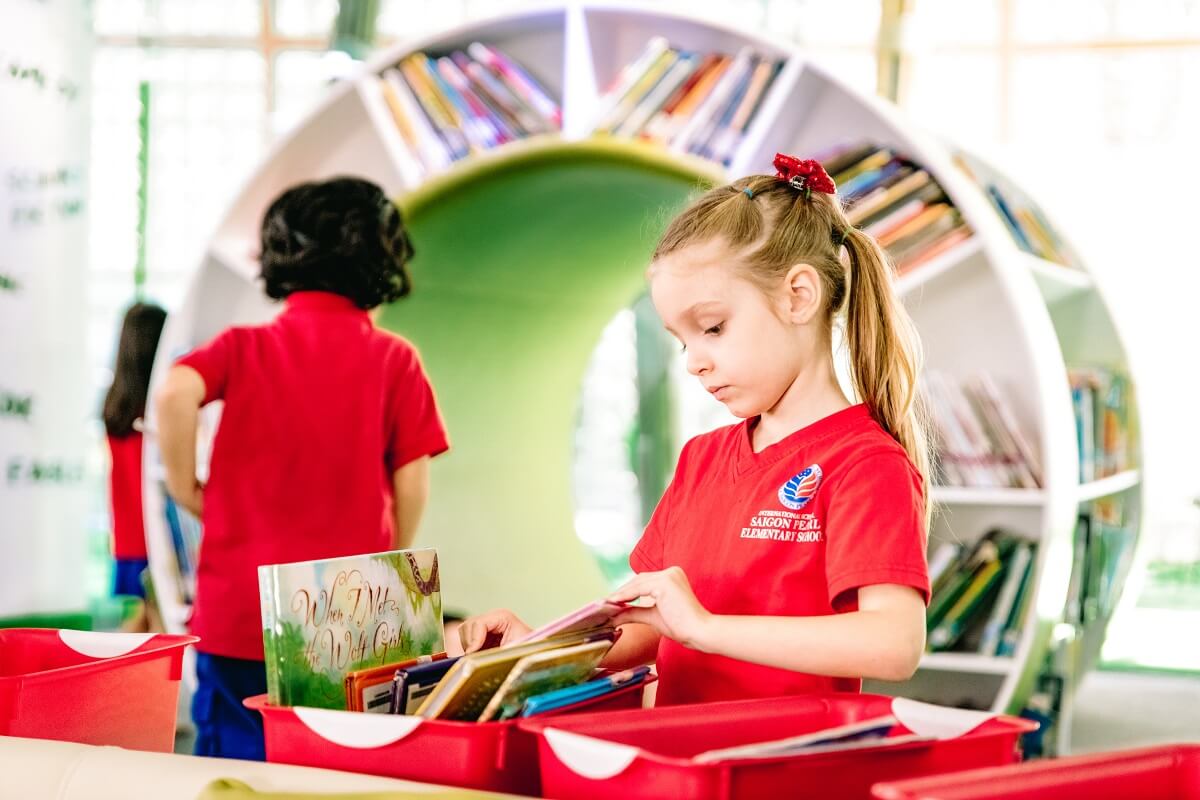Try not to let space and budget limitations stop you from making a productive study space for your kids. In the event that your children need help putting forth a valiant effort in school this year, consider setting up a dedicated studying area utilizing these ten helpful tips.
1. Consider your kid’s unique needs
Some accomplish their best work in a busy environment, while others do best with peace and quiet. What condition best suits your young researcher? Do they need a little parental assistance in remaining focused? Do you need to watch out for them — particularly if their studying includes forays into the online world?
2. Use of light
Regardless of whether you’re tight on space, you need a comfortable space that contains a lot of light.
Utilize an assortment of light sources (overhead lights, can lights, table lights and floor lights) to provide an even level of light all through the room. This is important for limiting eye strain in your child and will help them remain focused and on-task. Put overhead lights on a dimmer so that your child can modify the light level as needed.
3. Measure the desk(s)
Most desks are about 73 to 79 centimeters high. So are most lounge area tables — just as a great deal of bedside and comfort tables. If you don’t have room for a full-sized desk, you can get creative and swap out the desk for another item at an appropriate height.
4. Incorporate storage
The core feature of a good studying space is that of a flat surface to work on and some storage above or beneath. A rolling cart can be a decent substitute if the work area doesn’t have drawers.
5. Keep it simple
Study space don’t need to be extravagant or costly. A small desk and simple chair are just enough to begin with. Desks range in both price and size, so you can keep things quite small and low-key if desired.
6. Rooms can serve multiple purposes
Wireless technology has allowed for any room in your home to be a potential study space. This can come in really handy for those who live in apartments or smaller homes. For example, hidden or wheeled storage units can transform your living room into a schoolwork zone.
7. Get creative
Additional space for your study area can arise from the most unexpected places. Consider the closet, which can be turned into a quaint study space by removing the door(s) and putting in place a horizontal surface to work on as a desk. Closets can be particularly advantageous due to their height which provides space for more storage.
8. Add a touch of color and make it personal
Utilize your kids’ preferred colors. Or, you can even let them pick the materials when shopping around for supplies for their study area. This gets them involved in the creation of the study space and helps ensure that they actually want to be there. Be that as it may, there’s no need for this to get costly. Office supply stores are chocked full of budget-friendly and brilliant school supplies. Need to encourage their innovativeness? You can get markers or pencils in all the shades of the rainbow.
9. A chair that is both sturdy and comfortable
For reading, it is acceptable to be in a more relaxed, lounging position. But for writing, research, and math, it’s smarter to have a spot where you can sit up and compose or type on a level surface. Search for something that both fits the work area and supports your child’s back.
10. Promote regular organization and cleaning
By their very nature, work areas get jumbled and crowded. It is important to instill good habits in your child by encouraging them to clean up and dispose of clutter around their study space on a regular basis. Lead by example and make this cleaning routine a part of your own schedule as well. This demonstrates to your child what a properly organized and clean workspace looks like.
For more tips from ISSP – one of high quality international schools Ho Chi Minh City on how to improve your child’s studying habits, please contact our admissions team for further assistance.







